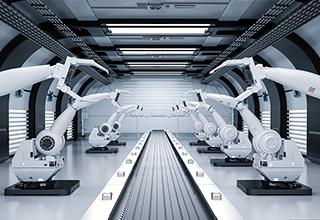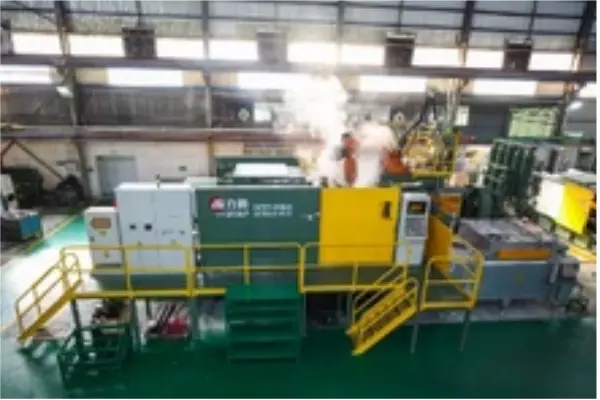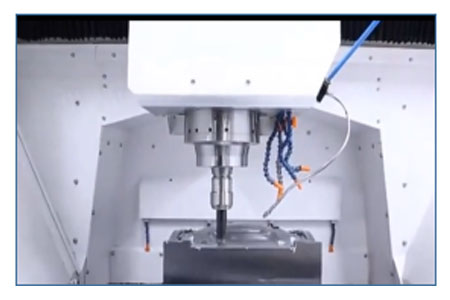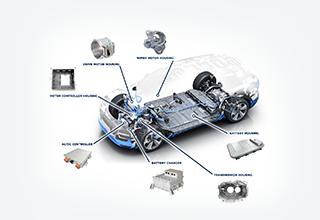

Die-casting aluminum alloy must use die-casting molds. We all know that die-casting molds divide into movable molds and fixed molds. The fixed mold is a lock on the mold base of the die-casting machine, and the movable mold will follow the die-casting process to complete the mold closing and opening. The movement of the mold is called the movable mold, and the contact surface between the movable mold and the fixed mold is called the parting surface.
After understanding the die-casting mold, the following is the type of parting surface. The parting surface of die-cast aluminum alloy has a straight type, step type, curved type, and inclined type. The direct parting surface has the simplest structure, is more convenient to use, and has a wide range of applications. Why talk about parting surfaces
Since the parting surface involves orientation issues, when die-casting aluminum alloys, it is necessary to select and decide which side of the die-casting part is placed on the parting surface. This question involves many elements. Generally, aluminum casting foundries will choose according to the following points:
1. When the aluminum alloy dies casting is opened, the die-casting parts must be kept in the movable mold for easy removal.
2. Parts with high precision requirements for die castings should locate in the same mold half.
3. The surface of die-cast aluminum alloy products that require high appearance quality is generally not located on the parting surface.
4. The position of the parting surface of the die-casting mold should not hinder the pouring and overflow of the die-casting process and should be easy to repair burrs, flashes, and spouts.


